Manifesta 15 will be held from 8 September to 24 November in Barcelona and twelve cities in the metropolitan region.
The Manifesta Biennial is the only nomadic biennial in Europe. It was created in the early 1990s to respond to a new social, cultural and political reality that emerged after the Cold War. Since then, every two years it has been held in a different host city.
The 15th edition will take place in Barcelona and twelve cities in the metropolitan region over three months. Its aim to highlight different social issues will once again be its central focus, reshaping the relationship between art, culture and society and catalysing socio-ecological change in Europe. It will run from 8 September to 24 November. We spoke with its director, Hedwig Fijen, about how she has experienced the evolution of Manifesta over the years and what challenges the biennial faces.
For what purposes was Manifesta born?
Manifesta was born in the wake of the fall of the Berlin Wall in 1989. Following the opening of the Iron Curtain, there was a strong desire to foster dialogue between Western and Eastern Europe, as local art scenes perceived a lack of common ground for meaningful knowledge exchange. Manifesta emerged as a response, creating a platform to unite curators and artists. This biennial operates in different European host cities, drawing inspiration from the European Union’s Erasmus program, which enables student mobility within Europe. Similarly, Manifesta aimed to provide emerging artists and researchers with a space, whereas other events like the Venice Biennale and Documenta primarily showcased established artists.
Known as the European Nomadic Biennial, Manifesta sought to leave a cultural impact on European cities and challenge the central-peripheral dynamic. For example, art professionals in Vienna were initially hesitant to venture to nearby Bratislava, just 20-30 kilometers away. By operating in such areas, Manifesta aimed to explore coexistence, collaboration, and information exchange throughout Europe.
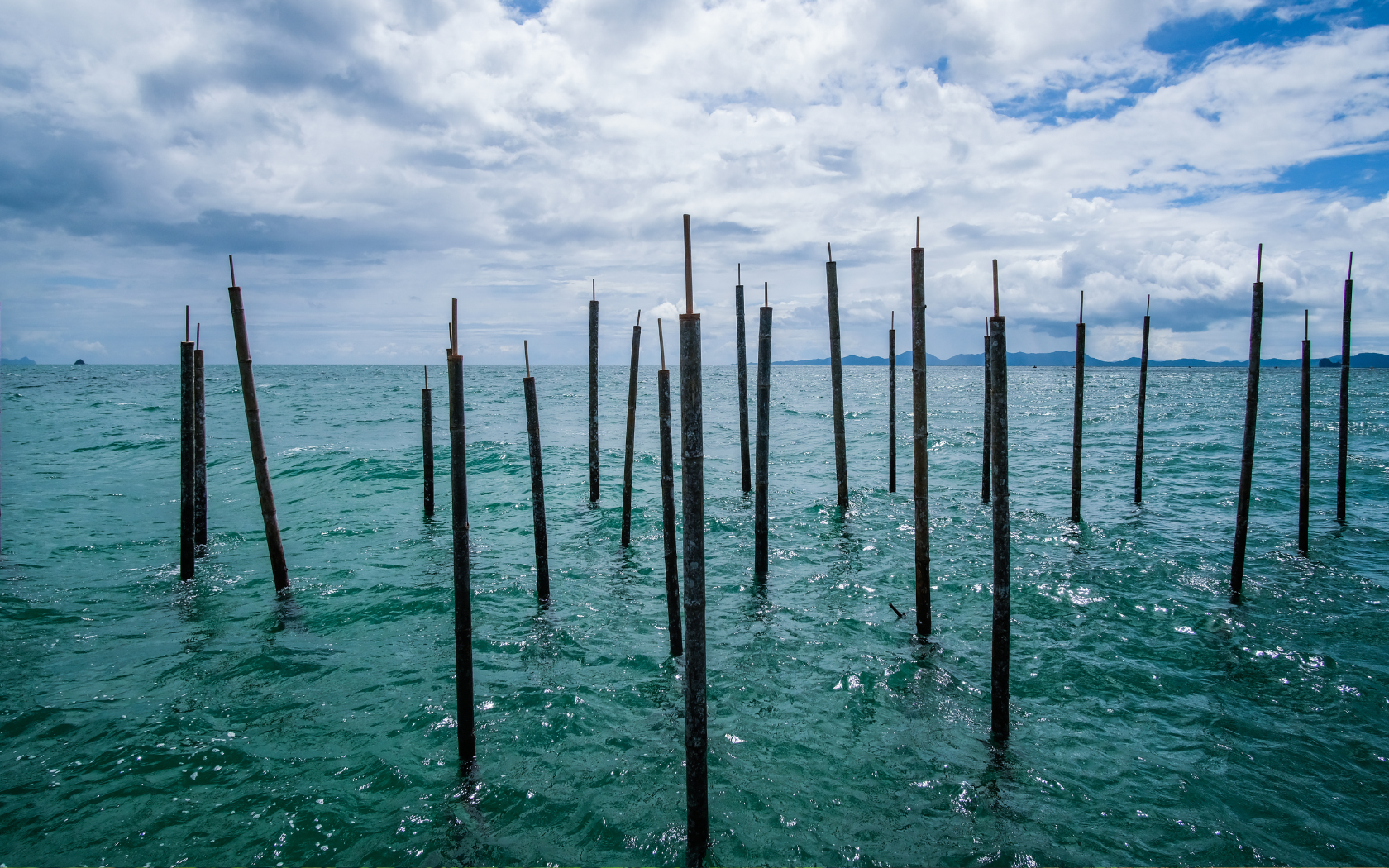
Félix Blume , Rumors from the sea (2018-2019). Participating artist in Manifesta 15. Editorial credit: Félix Blume.
In its initial five editions, Manifesta collaborated closely with the Soros Centers for Contemporary Art in Central and Eastern European countries, connecting artists with a broader international context and fostering collaboration among curators from diverse backgrounds. Later, Manifesta adopted a more interdisciplinary approach, working with architects, urban planners, musicians, dancers, and writers. They emphasized site-specific projects, producing 35 to 50 new works. Additionally, Manifesta ventured into experimental curatorial formats, introducing collective curating and international teams in the early ’90s, thereby promoting inclusivity and diversity.
Over the past 25 years, one significant change, amplified by the COVID-19 pandemic, has been Manifesta’s commitment to leaving a lasting legacy. Since Manifesta 9 in Genk in 2012, the organization has actively measured its impact by collaborating with universities for qualitative and quantitative surveys and transparently publishing their findings. This practice has helped cities understand Manifesta’s role as a catalyst and incubator, leading to further commissions and solidifying its importance in the cultural landscape.
“Manifesta was born in the wake of the fall of the Berlin Wall in 1989. Following the opening of the Iron Curtain, there was a strong desire to foster dialogue between Western and Eastern Europe”.
At that time, in the early 1990s, political art was beginning to take centre stage in the world’s major cities in the form of exhibitions, social movements.. In what way were you part of this effervescent scene and what interested you most?
In the early 1990s, political art was gaining significant traction in global cities through exhibitions and social movements, with Manifesta standing out as a crucial platform for exploring the intersection of art and geopolitics. My engagement with this dynamic scene was deeply influenced by the third edition of Manifesta in 2000 in Ljubljana, curated by Ole Bouman, Francesco Bonami, Mària Hlavajová, and Kathrin Rhomberg. The appointed collective of curators decided to think about what defines contemporary Europe through the perspective of “the borderline syndrome and defense energies.”
They recognized the concept of the borderline syndrome, which they borrowed from the field of psychology, as befitting our times, noting that issues of identity diffusion and defense, protection, and resistance, had an impact at many levels – artistic, geopolitical, social, and personal. The resulting interdisciplinary artistic projects interrogated the social and political ambiguities of “territory” both for global culture at large and, more particularly, for artistic production in light of Europe’s territorial transformations.
“In its initial five editions, Manifesta collaborated closely with the Soros Centers for Contemporary Art in Central and Eastern European countries, connecting artists with a broader international context”.
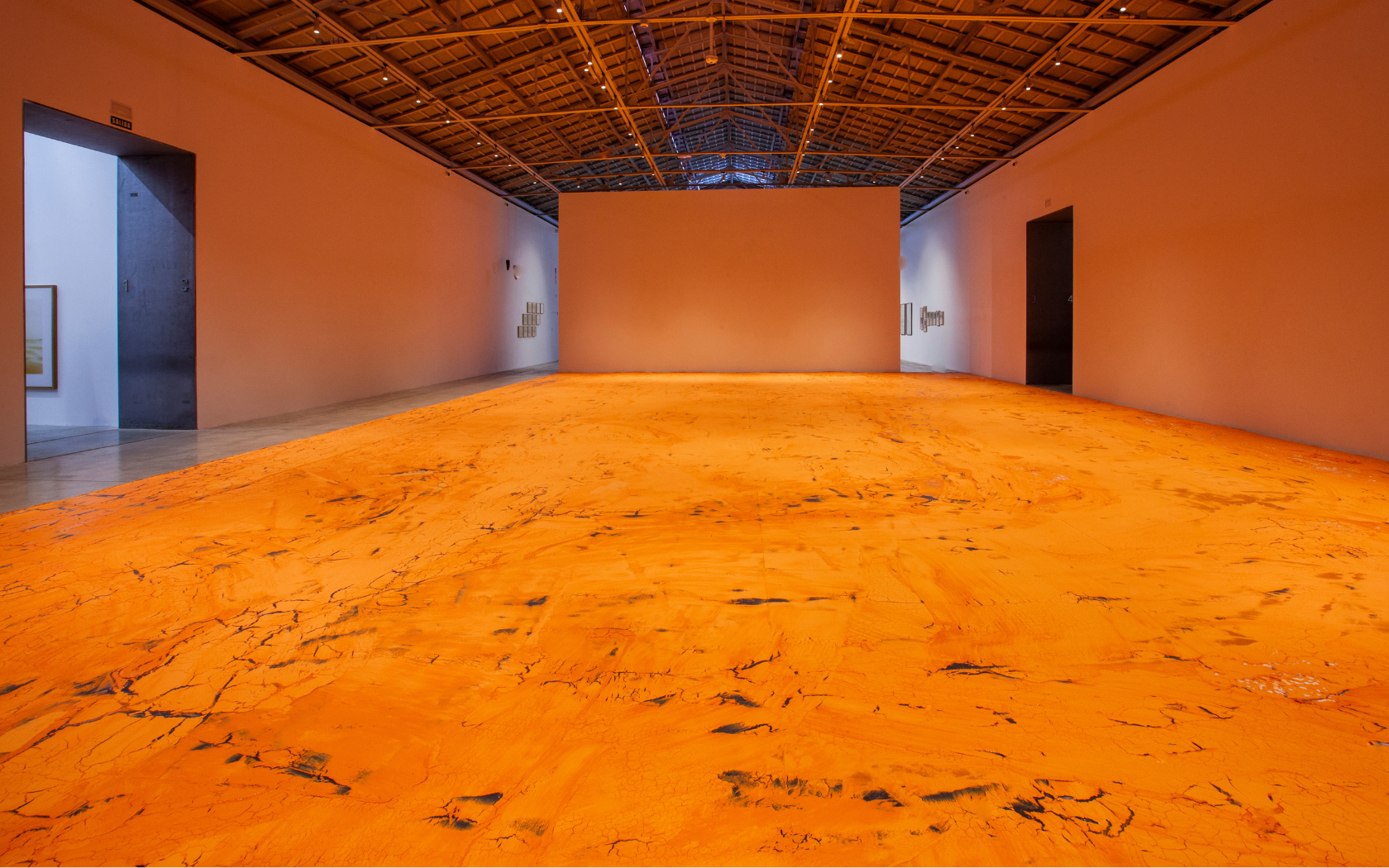
Carlos Bunga, Habitar el color (2015). Participating artist in Manifesta 15. Editorial credit: Mario Zamora.
What intrigued me most about Manifesta 3 was its provocative approach to addressing Europe’s evolving identity. My participation in this scene was driven by a desire to move beyond this psychological fatalism, advocating instead for a more pragmatic approach that encouraged analysis and action. I was particularly drawn to the way Manifesta 3 subverted the typical portrayal of ‘otherness’ in art. Unlike other global exhibitions that commodified cultural diversity as a symbol of neoliberalism, Manifesta 3 succeeded in contextualizing ‘otherness’ within specific, explicitly political frameworks.
A particularly resonant example of this was the work of Bosnian artist Šejla Kamerić. In her installation EU / Others at Manifesta 3, Kamerić powerfully illustrated the exclusionary nature of borders. Drawing from her own experience at the Slovenian border, where she was directed to the entrance labeled “Others,” Kamerić recreated this reality in the heart of Ljubljana at Tromostovje, the Three Bridges. She placed signs designating paths for the European Union (EU) and for “Others” on the bridges, forcing passersby to confront a reproduced reality that echoed the experiences of those who cross national borders.
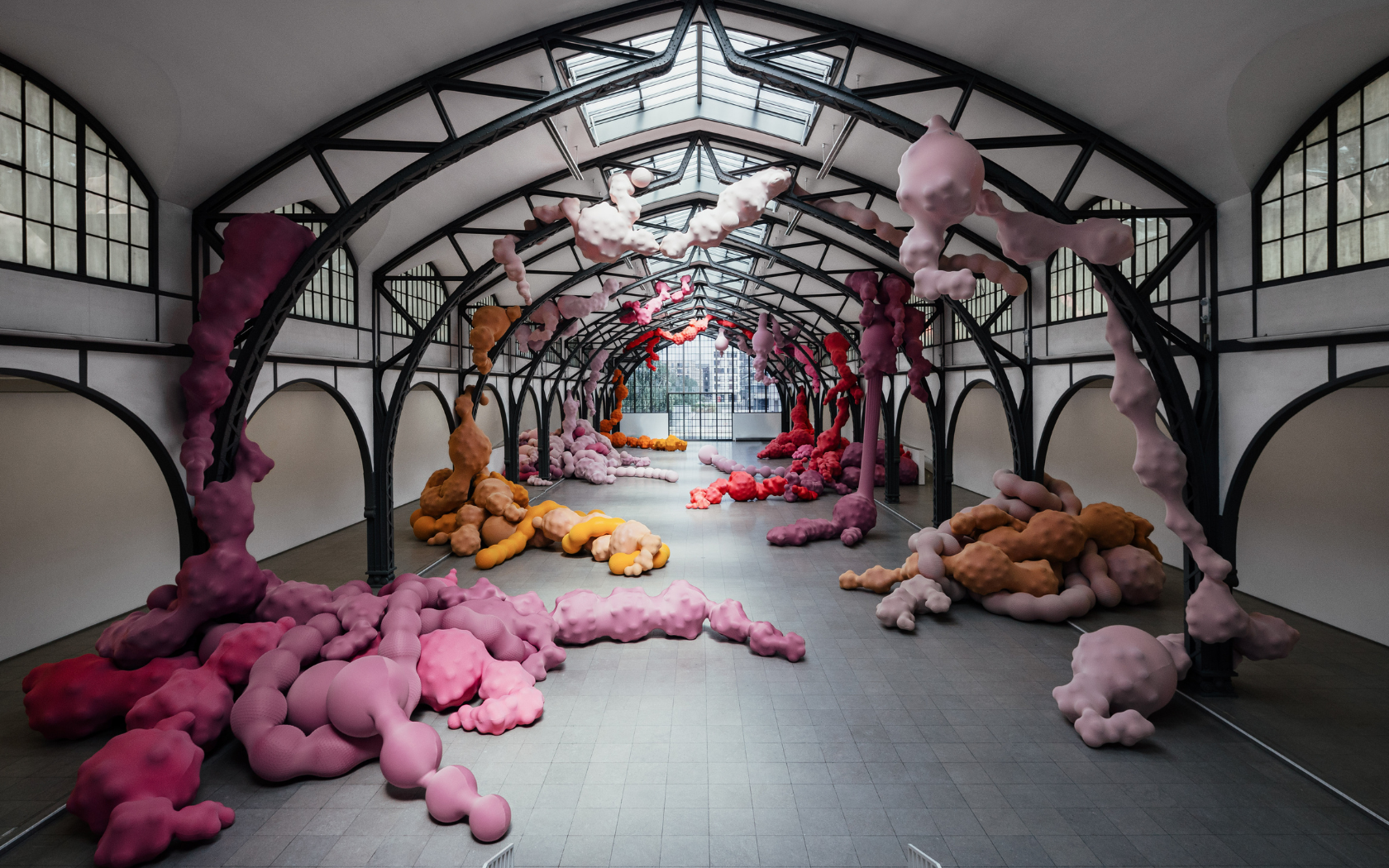
Eva Fàbregas, Devouring Lovers (2023). Participating artist in Manifesta 15. Editorial credit: Jacopo La Forgia.
In fact, you managed to transfer that social reality to the Manifesta project. How did it begin? Do you remember which artists were involved?
Manifesta’s selection of host cities is inherently political and symbolic act reflecting the biennial’s commitment to examining pressing contemporary issues. Palermo, the host city of Manifesta 12, for example, was chosen for its embodiment of two critical challenges facing European cities: migration and climate change.
The city’s rich history as a crossroads of cultures and its position within the Mediterranean offered a lens through which to explore these complex issues. my vision for the edition was rooted in a collaborative, decentralized approach to curation. I was deeply committed to working in a communal way, ensuring that every artistic and design decision emerged from a team spirit that fully integrated the ideas and insights of the local community. Under my artistic direction, the local team played a crucial role in shaping the direction of the biennial, ensuring that it was not just a project imposed from the outside, but one that resonated with Palermo’s own social and cultural realities.
The theme of Manifesta 12, “The Planetary Garden. Cultivating Coexistence”, emerged from this context. It aimed to understand how global forces intersect with local realities, shaping the lives of citizens. Palermo’s social fabric, marked by its history of migration and syncretism, provided fertile ground for exploring these themes.
Initiatives like the “Palermo Atlas” by OMA and artistic interventions such as “Liquid Traces” by Forensic Oceanography offered critical insights into the city’s complexities. These projects highlighted the human cost of border control policies and the impact of globalization on local communities. Similarly, Fallen Fruit’s “Theatre of the Sun” showcased the importance of nature and community in urban environments.
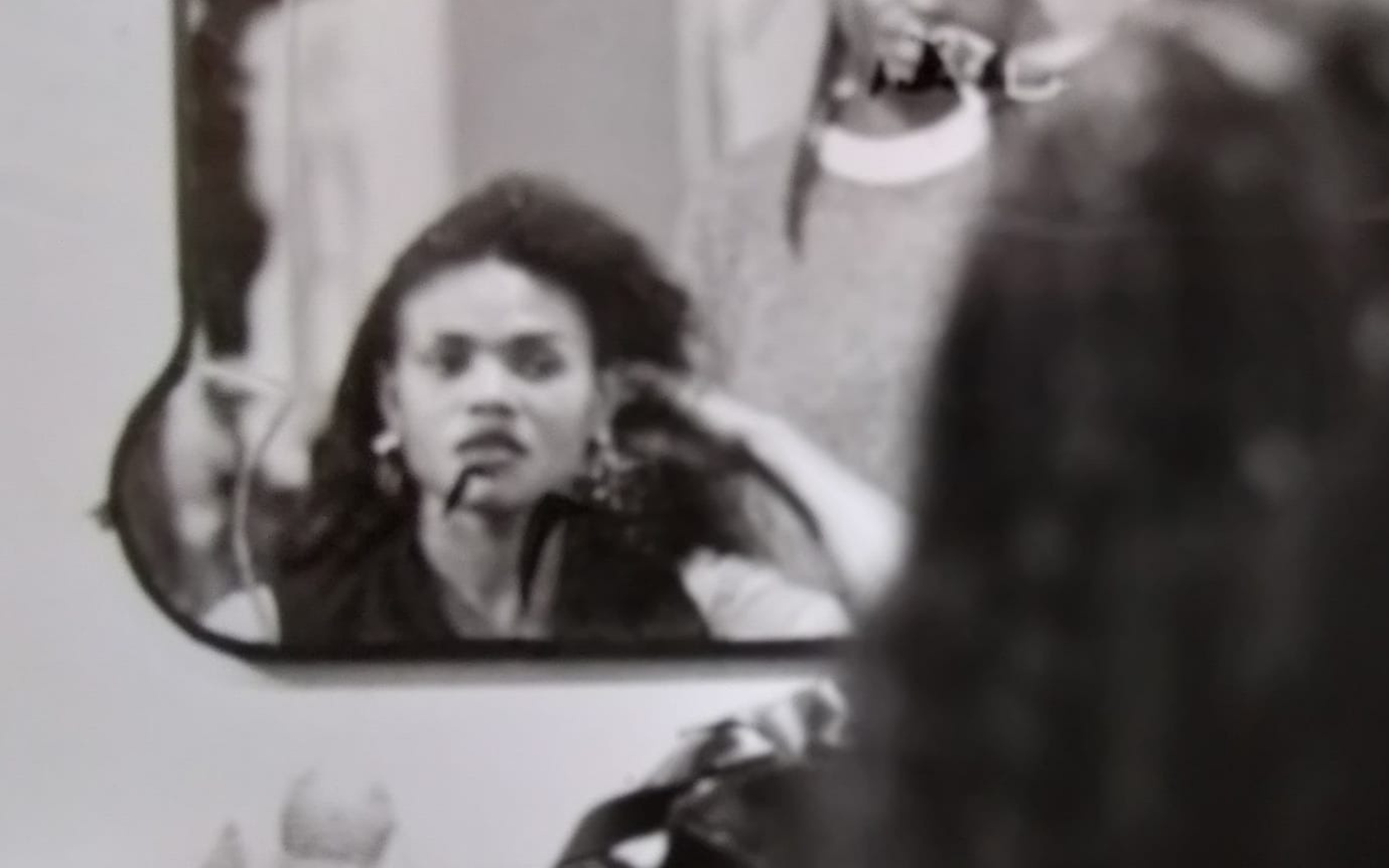
Javi Zarco, Club Mestizo. Work that is part of the Black Archives project, curated by Tania Safura Adam.
After that first edition, Manifesta has been held in Rotterdam, Luxembourg, Ljubljana, Donostia, Murcia, Genk, Zurich, Palermo… Do the cities you choose have to have some kind of premise or are you always invited to come?
Every two years, European cities propose large-scale urban prospects for a future edition of Manifesta. The Supervisory Board of the International Foundation Manifesta selects a new Host City after local research has been conducted and the urgency around the thematic has been investigated. This process takes place four to six years in advance of the edition. The initial departure point for every edition of Manifesta is the Bid; for Manifesta 15, this was written and submitted by the City Hall of Barcelona (Ajuntament) prior to its selection in December 2020.
“Manifesta stands out as a crucial platform for exploring the intersection of art and geopolitics”.
Once the Host City has been selected, Manifesta sets up a partnership between the Host City and the Manifesta Foundation. The term ‘engaged autonomy’ refers to the relationship Manifesta establishes with its Host Cities, which should be collaborative and identified by mutual respect. This mutual commitment establishes the basis to work with city administrations beyond the single exhibition format, to challenge and improve policy and institutions in the long term.
So that Manifesta can conceptualize and develop a framework for each biennial edition, Manifesta first ascertains the needs and interests of the citizens, the professional cultural sector, and civil society of the Host City. Manifesta’s extensive biennial research process identifies local structures, using this to develop the goals and parameters for the biennial program.
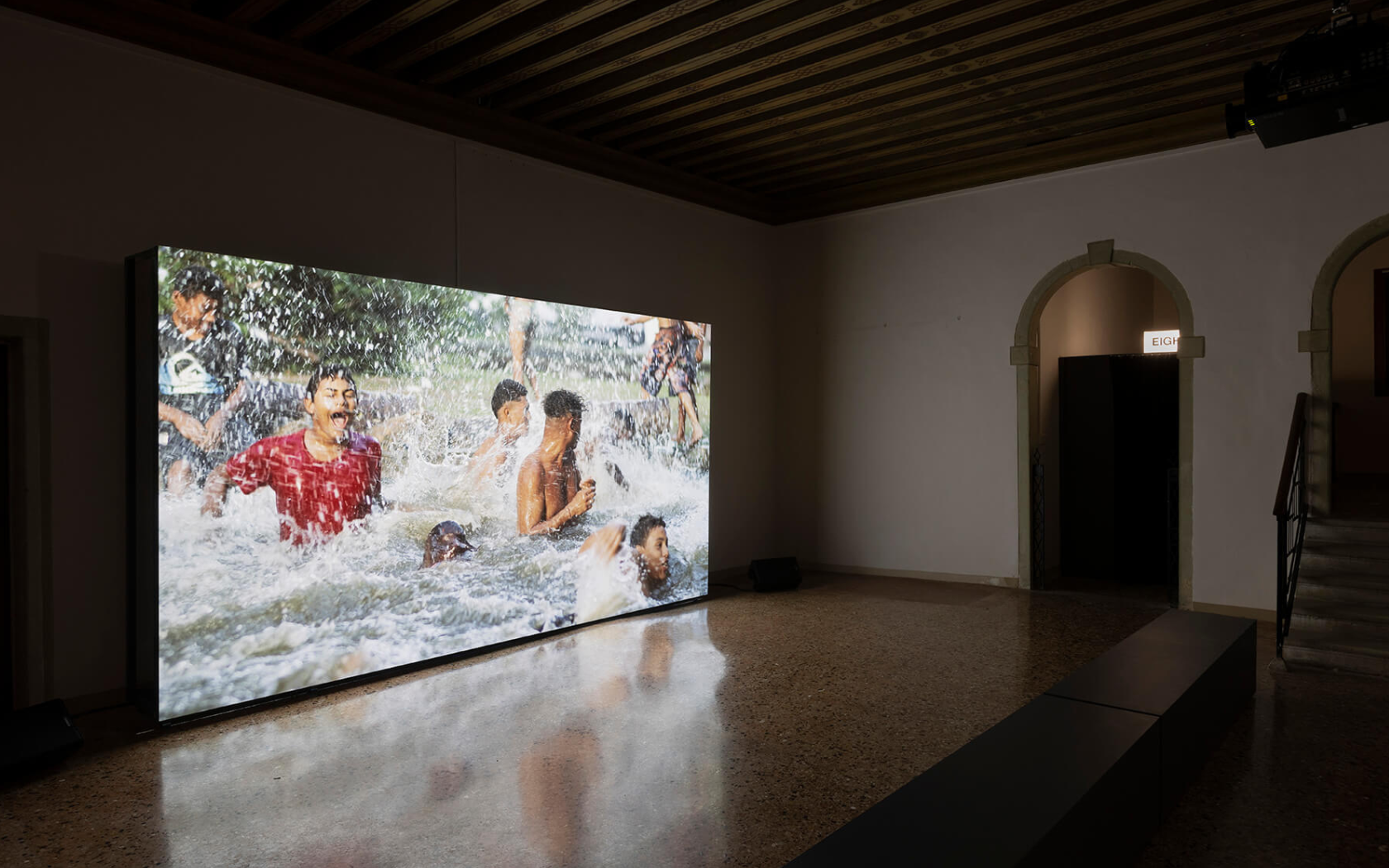
Jonathas de Andrade, Olho da Rua (2022). Participating artist in Manifesta 15. Editorial credit: Continua and Nara Roesler.
Now in September it arrives in Barcelona. What lines of research have you proposed?
Manifesta 15 is deeply committed to fostering ecological and community-based practices. Our focus is on participants and collectives who actively engage with these themes, exploring their implications for the metropolitan region.
Thematically, Manifesta 15 has invested in ecological and community approaches from the very essence of its conceptual framework. This edition aspires to be an activating force for eco-social transformation through a dynamic program of artistic interventions, research projects, educational initiatives, and community engagement activities. Manifesta 15 is organized into three clusters, both thematic and geographic: Balancing Conflicts (Llobregat Delta), Cure and Care (Collserola Massif towards Vallès), and Imagining Futures (Besòs River and its surroundings). In these clusters, whose designs are deeply informed by local realities, participants present multidisciplinary work that engages with and reimagines how we relate to one another and the natural resources in our midst.
In this way, Manifesta 15 breaks away from traditional, centralized models. This decentralization concept isn’t just a logistical shift; it’s a deliberate strategy to enhance cultural accessibility to the region and foster more active engagement among residents and visitors. I composed the artistic team using a decentralized approach, including the region’s artistic representatives, in collaboration with external specialists such as Filipa Oliveira, Sergio Pardo, Tania Safura Adam, and Germán Labrador, who have developed a site-specific program informed by extensive research, learning sessions, and discussions with local cultural stakeholders and the community.
We recognize the importance of engaging existing cultural audiences, but a core aim is to reach those who are not regular visitors to art exhibitions. We hope to achieve this through educational programs, workshops, events, performances, and by using unconventional venues, each with its own history. For example, by partnering with communities, schools, and universities in a broad sense, we hope to reach new audiences by actively involving them in the program. As mentioned, the biennial itself will feature a high proportion of site-specific new productions by artists and collectives from Barcelona, Spain, and internationally. We want Manifesta 15 to act as a catalyst to nurture a sustainable cultural legacy for Barcelona and the wider region, forging connections and creating new networks of cultural collaborations.
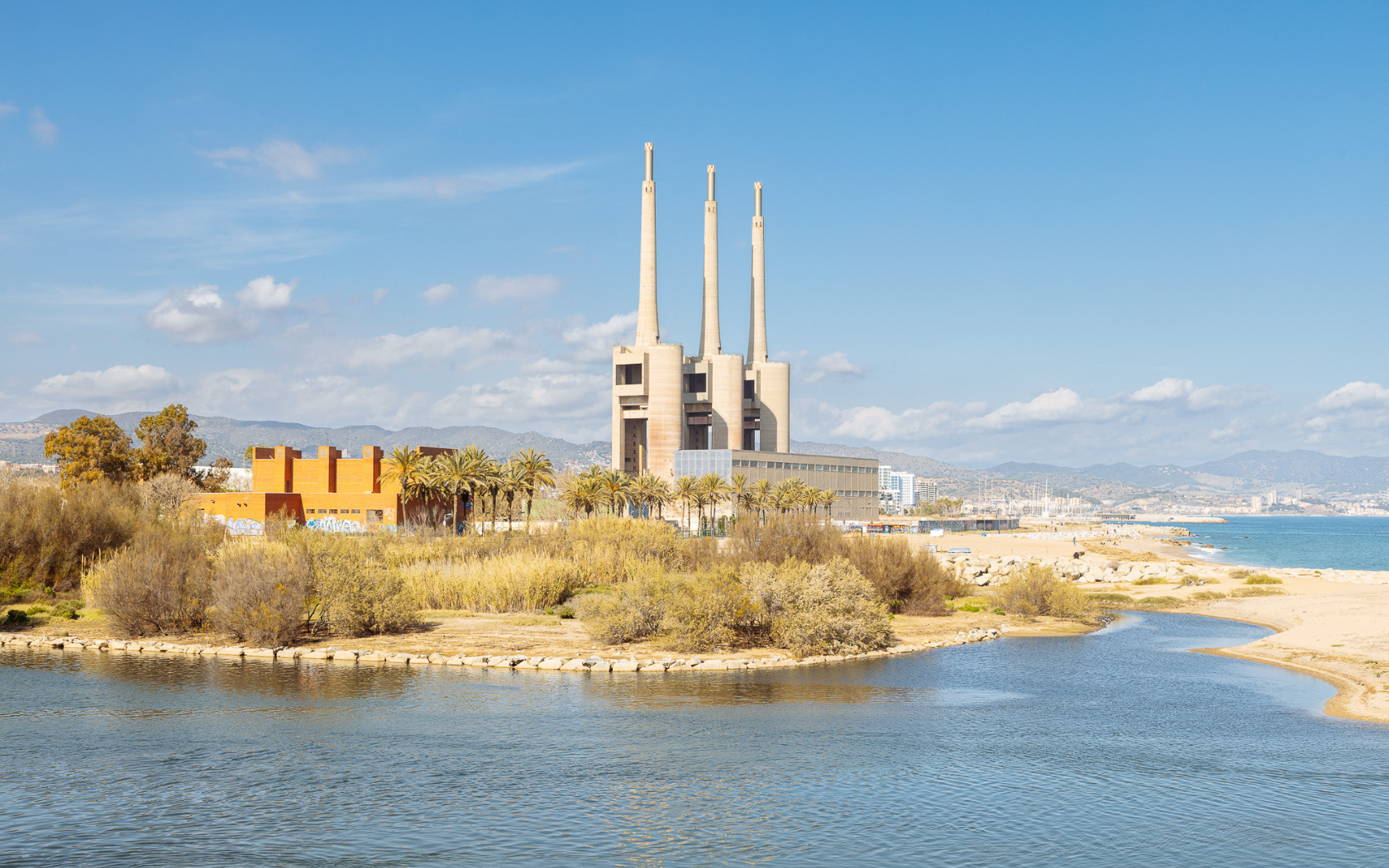
The Three Chimneys of Sant Adrià del Besòs, one of the venues of Manifesta 15. Editorial credit: Arnau Rovira.
Our commitment to sustainability goes beyond thematic concerns and is at the core of our working method and legacy. Manifesta 15 actively seeks to minimize its environmental footprint by adopting sustainable practices, such as sourcing local and recyclable materials and embracing energy-efficient solutions in all aspects of its organization. This emphasis on sustainability is a defining feature of Manifesta 15, ensuring that it is not only a platform for artistic expression but also a catalyst for enduring change.
“Manifesta 15 has invested in ecological and community approaches from the very essence of its conceptual framework”.
It will also extend to the outskirts of the city: Badalona, Cornellà de Llobregat, El Prat de Llobregat, Granollers, Hospitalet de Llobregat, Mataró… Is there an intention to delocalise art from the big cities?
When the Municipality of Barcelona, under Mayor Ada Colau, invited Manifesta to the Metropolitan area in 2020, we initiated a phase of pre-biennial research with external specialists and the Manifesta team. This research confirmed the three conceptual nodes we are currently working with: the Besòs area, the Llobregat Delta, and the Collserola mountain range. These areas will articulate the three most relevant themes of our eco-social participatory process: reimagining a possible future and the tools we need to do so (Besòs area), managing imbalances within the commons (Llobregat Delta), and how we care for one another and our environment (Collserola mountain range).
Extending Manifesta 15 to these areas is indeed a deliberate effort to decentralize art from the traditional urban centers. By engaging with the outskirts, we aim to broaden the cultural impact, making art more accessible to communities beyond the city’s core. The nodes of Besòs, the Llobregat Delta, and Collserola are not just geographical delimiters; they are areas undergoing significant urban transformations that will shape the future way of life for generations to come.
Our work acknowledges eco-social and environmental crisis as we propose interventions that are locally relevant yet globally significant. This includes exploring bottom-up approaches and alternative scenarios to address these environmental challenges. Ultimately, our intention is to create a more inclusive, accessible, and sustainable cultural dialogue that extends far beyond the city center.
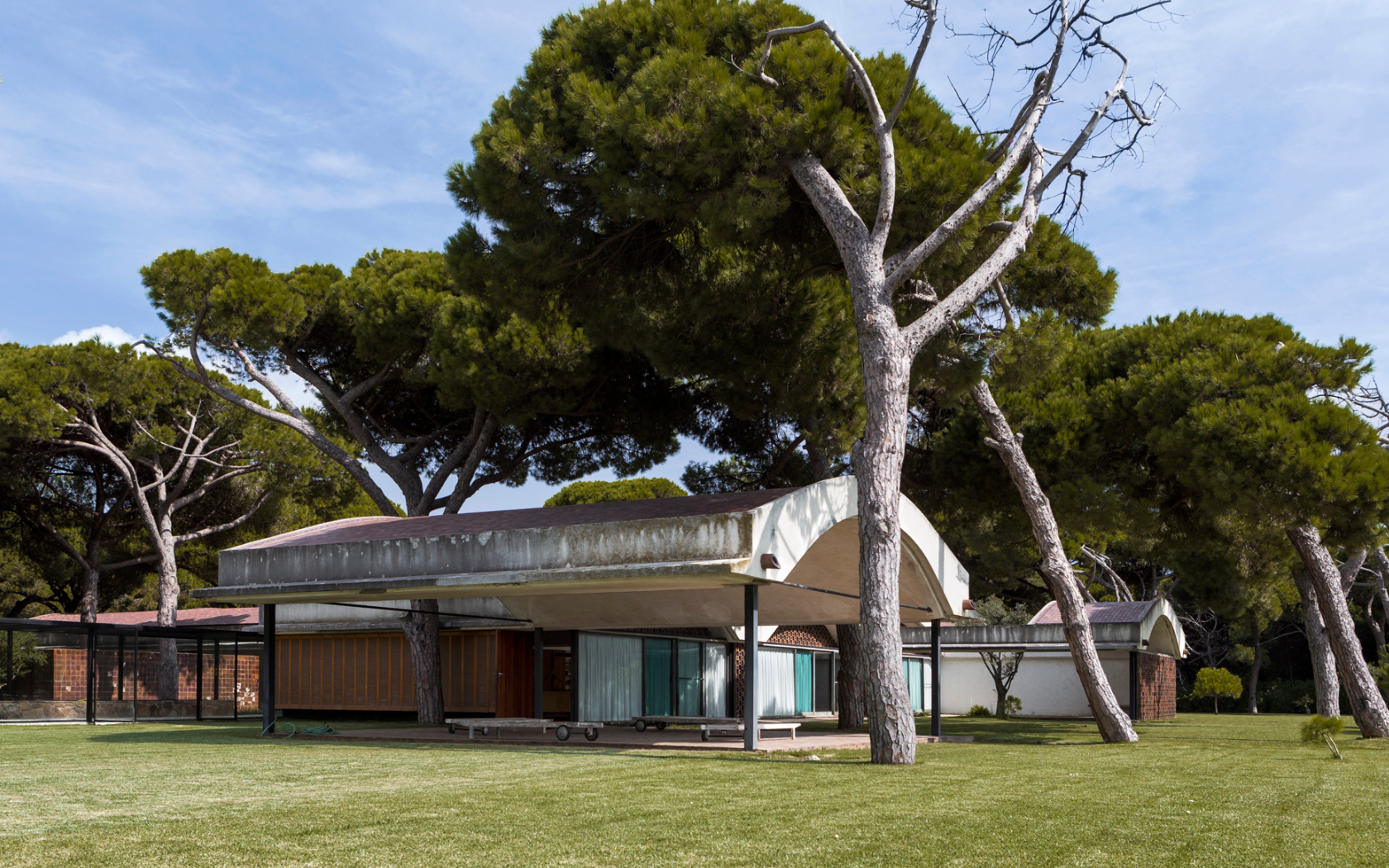
Casa Gomis, one of the venues of Manifesta 15. Editorial credit: Nomad Studio.
I suppose one of the biggest challenges you faced was gentrification and tourism. How have you tackled it?
While gentrification and tourism are significant concerns in many cities, for Manifesta 15, the biggest challenges we faced were related to mobility, accessibility, and navigating local bureaucracy. These issues have a direct impact on how we engage with the city and its residents. Ensuring that the biennial is accessible to a broad audience, both physically and culturally, has been a top priority. We’ve focused on creating a decentralized approach that not only spreads the cultural impact across various neighborhoods but also encourages more sustainable and inclusive participation.
Could you give us a preview of some of the most relevant things we’ll see in this Manifesta 15?
For the first time, Tres Chimeneas will be open to the public. The “Bicicletada” will connect the two rivers and help save Casa Gomis from the airport expansion.
How have you felt in Barcelona? Have you ever been there before?
I studied in Barcelona in the early 1980s and have always felt very at home in this beautiful city. While Barcelona does face challenges with tourism and drought, which I believe are important issues to address, our edition of Manifesta is deeply connected to the local community, embracing the city’s unique spirit and strengths.
Any current exhibition that you would recommend here?
Jordi Colomer and Wu Tsang at MACBA.
Of everything you’ve seen or done in the city, what do you like the most?
Cycling on the thousands of bike paths and going horseback riding in the mountains.
_
The more personal side…
What style of art do you like the most?
Conceptual art.
A specific artist
Francis Alÿs.
Do you collect anything?
Yes, I have a tradition of acquiring artworks from each Manifesta edition.
A country you’d go back to 100 times
Sicily.
A pending trip
Home.
A daily habit
Watering my plants.
A colour
Dark blue and yellow.




